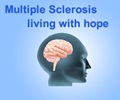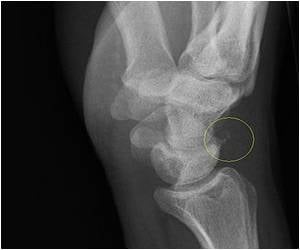66-year-old, Patricia Frost has been severely handicapped by the multiple sclerosis which has continued to plague her for well over a decade.
A 66-year-old, Patricia Frost has been severely handicapped by the multiple sclerosis which has continued to plague her for well over a decade.
After British doctors told her that there was nothing more that they could do for her she took a loan of over £12,000 to go to the Netherlands for stem cells injection, a procedure that is unlicensed in the UK.According to Patricia the disease has debilitated her to such an extent that she is dependent on others to feed her and even turn the pages of a newspaper if she wishes to read it. Patricia says ‘Even if I can get the use of my hands and arms back, it would make life much easier.’
Although the Department of Health acknowledges the potential of stem cells to evolve into other cells and invested £100m in stem cell research for the next two years, they urge caution in seeking treatment or other procedures without rigorous clinical trials.
The Dutch clinic that will treat Patricia is the subject of much controversy as the treatment is offered to patients as an experimental therapy.
They use umbilical cord blood stem cells from full-term babies with the parents' consent.
According to the doctors at PMC, cord blood stem cells can repair and regenerate nerve damage caused by MS. They claim an 80% success rate in achieving some noticeable improvements in their patients' various conditions and without any harmful side effects.
Advertisement
There is also controversy over how the cord blood stem cells are supplied. In spite of all this the treatment offers some hope for Patricia and she is prepared to take the risk.
Advertisement
For the first hour she is given a drip of Mannitol solution, which PMC says will "prepare the nervous system for taking up the stem cells".
She then has about one million cord blood stem cells passed into her body via the drip and a series of injections into her neck, back and navel, while she remains in her wheelchair.
The treatment lasted for about four hours.
On the way back to the airport, she is astounded to find that she was able to move her neck to the side, something that she had long been unable to do.
Small changes like this have given Patricia new hope for more benefits over the following three month when the real benefits are expected to be seen as explained to her by the clinic.











